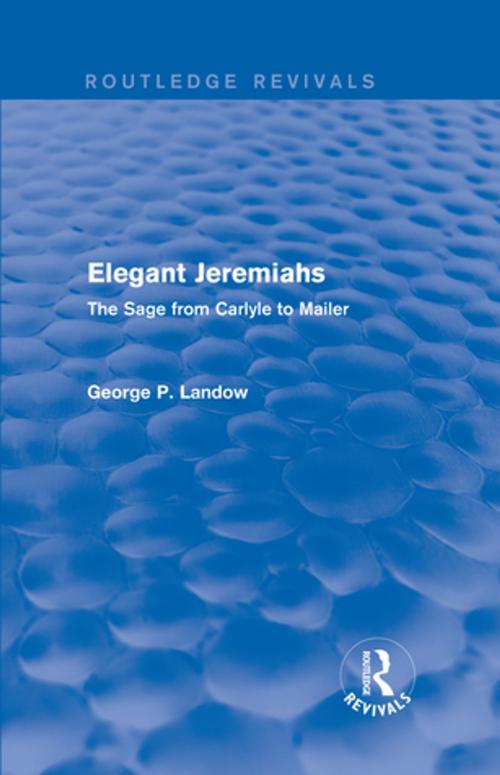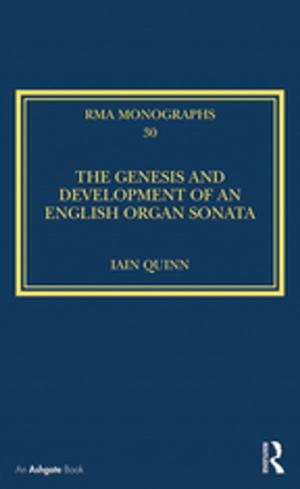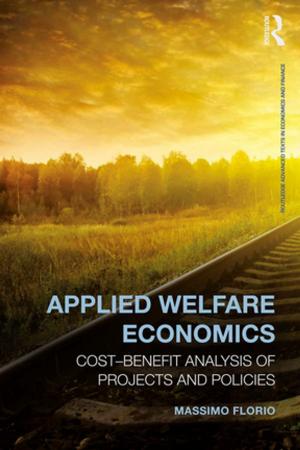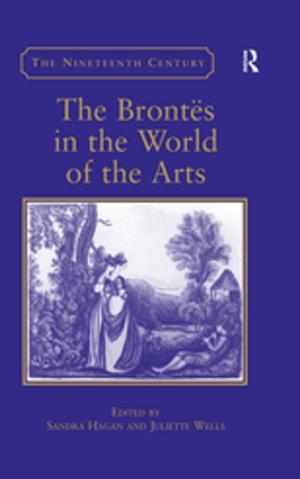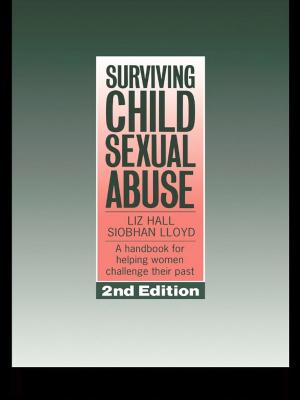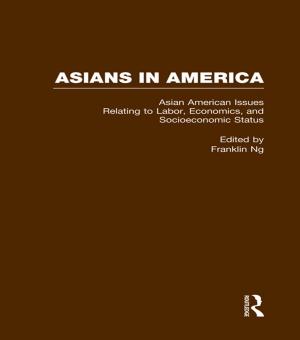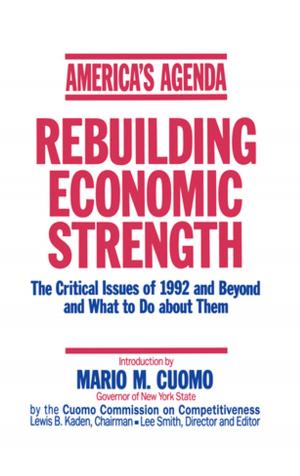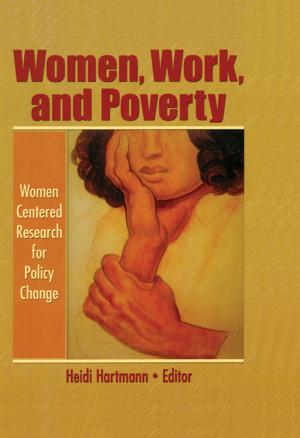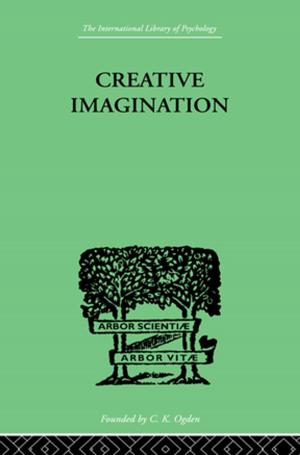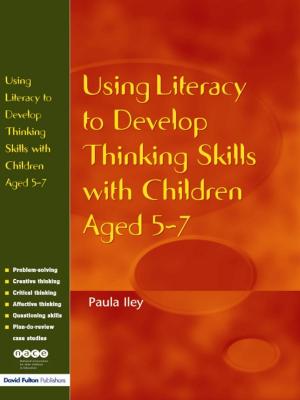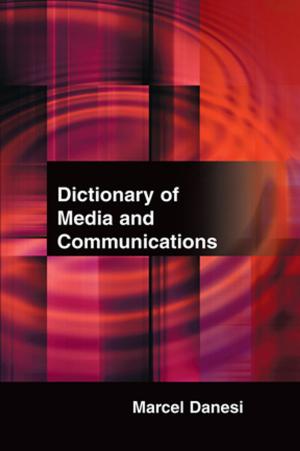Elegant Jeremiahs (Routledge Revivals)
The Sage from Carlyle to Mailer
Fiction & Literature, Literary Theory & Criticism, British, Nonfiction, Reference & Language, Language Arts, Journalism| Author: | George P. Landow | ISBN: | 9781317519638 |
| Publisher: | Taylor and Francis | Publication: | June 11, 2015 |
| Imprint: | Routledge | Language: | English |
| Author: | George P. Landow |
| ISBN: | 9781317519638 |
| Publisher: | Taylor and Francis |
| Publication: | June 11, 2015 |
| Imprint: | Routledge |
| Language: | English |
Labelled "an elegant Jeremiah" by a journalist of his day, the urbane Victorian Matthew Arnold must have received the comparison with the Old Testament prophet uneasily. Writing in the 1970s, Norman Mailer seems to owe nothing to the biblical for his description of a long hot wait to buy a cold drink while reporting on the first voyage to the moon. Yet both Arnold and Mailer, George P. Landow asserts in this book, are sages, writers in the nonfiction prose form of secular prophecy, a genre richly influenced by the episodic structures and harshly critical attitudes toward society which characterize Old Testament prophetic literature.
In this book, first published in 1986, Landow defines the genre by exploring its rhetoric, an approach that enables him to illuminate the relationships among representative works of the nineteenth century to one another, to biblical, oratorical, and homiletic traditions, and to such twentieth-century writers as Lawrence, Didion, and Mailer.
Labelled "an elegant Jeremiah" by a journalist of his day, the urbane Victorian Matthew Arnold must have received the comparison with the Old Testament prophet uneasily. Writing in the 1970s, Norman Mailer seems to owe nothing to the biblical for his description of a long hot wait to buy a cold drink while reporting on the first voyage to the moon. Yet both Arnold and Mailer, George P. Landow asserts in this book, are sages, writers in the nonfiction prose form of secular prophecy, a genre richly influenced by the episodic structures and harshly critical attitudes toward society which characterize Old Testament prophetic literature.
In this book, first published in 1986, Landow defines the genre by exploring its rhetoric, an approach that enables him to illuminate the relationships among representative works of the nineteenth century to one another, to biblical, oratorical, and homiletic traditions, and to such twentieth-century writers as Lawrence, Didion, and Mailer.
